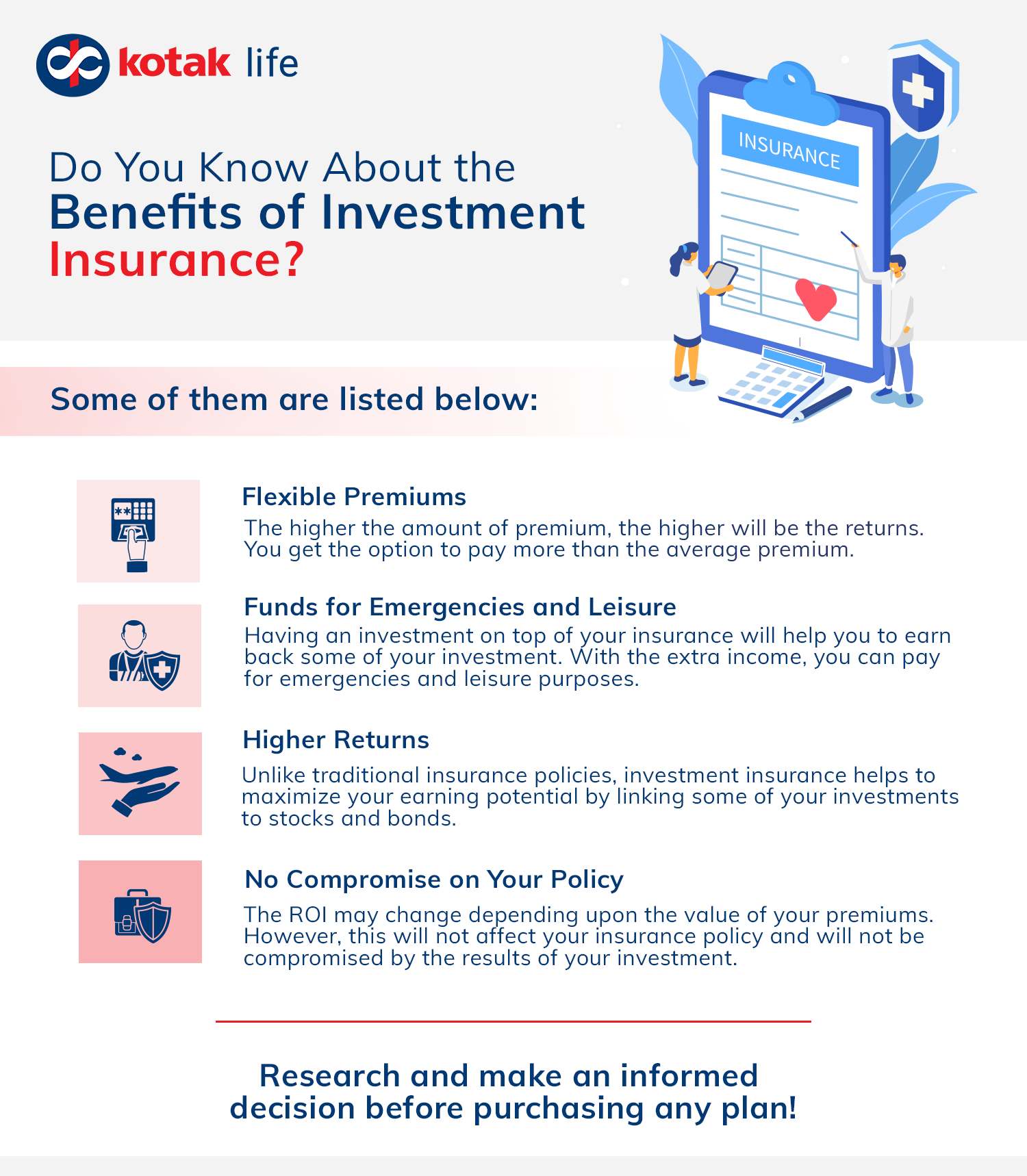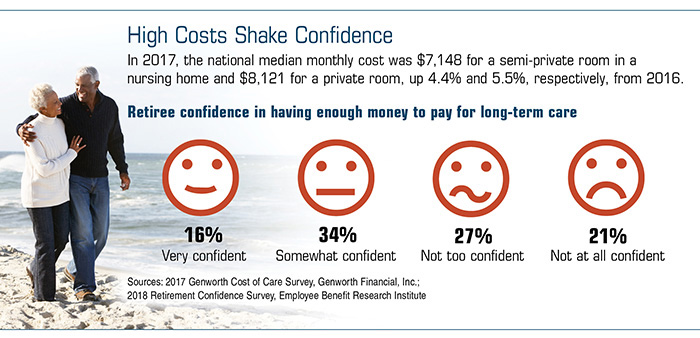Pacific Prime - Questions
Pacific Prime - Questions
Blog Article
3 Simple Techniques For Pacific Prime
Table of ContentsIndicators on Pacific Prime You Need To KnowSome Known Details About Pacific Prime The Main Principles Of Pacific Prime Pacific Prime Can Be Fun For EveryonePacific Prime for Beginners

This is since the information were accumulated for a period of solid financial efficiency. Of the estimated 42 million people who were without insurance, all yet concerning 420,000 (concerning 1 percent) were under 65 years old, the age at which most Americans become eligible for Medicare; 32 million were grownups in between ages 18 and 65, around 19 percent of all adults in this age group; and 10 million were youngsters under 18 years of age, regarding 13.9 percent of all children (Mills, 2000).
These estimates of the variety of individuals without insurance are created from the annual March Supplement to the Present Populace Study (CPS), conducted by the Census Bureau. Unless or else noted, nationwide estimates of people without health and wellness insurance and percentages of the populace with different sort of coverage are based upon the CPS, one of the most widely made use of source of price quotes of insurance policy coverage and uninsurance prices.
Some Of Pacific Prime

Still, the CPS is specifically valuable due to the fact that it creates yearly quotes fairly promptly, reporting the previous year's insurance coverage estimates each September, and since it is the basis for a consistent set of price quotes for greater than 20 years, permitting for evaluation of patterns in protection with time. For these factors, along with the considerable use the CPS in other studies of insurance policy coverage that are provided in this report, we rely on CPS price quotes, with restrictions noted.

The quote of the number of without insurance individuals broadens when a populace's insurance condition is tracked for several years. Over a three-year duration starting early in 1993, 72 million people, 29 percent of the united state populace, lacked protection for at the very least one month. Within a solitary year (1994 ), 53 million people experienced a minimum of a month without insurance coverage (Bennefield, 1998a)
Six out of every ten without insurance grownups are themselves used. Working does enhance the possibility that one and one's household participants will certainly have insurance, it is not a warranty. Even members of families with 2 full-time wage earners have nearly a one-in-ten opportunity of being uninsured (9.1 percent without insurance price) (Hoffman and Pohl, 2000).
The 4-Minute Rule for Pacific Prime
New immigrants account for a significant percentage of people without health insurance policy. One analysis has actually associated a significant portion of the current growth in the size of the united state uninsured populace to immigrants that got here in the nation in between 1994 and 1998 (Camarota and Edwards, 2000). Current immigrants (those who concerned the United States within the past four years) do have a high rate of being without insurance (46 percent), yet they and their children represent just 6 percent of those without insurance policy across the country (Holahan et al., 2001).
The relationship between medical insurance and accessibility to care is well developed, as recorded later on in this phase. Although the relationship between medical insurance and health and wellness end results is neither straight nor basic, a substantial medical and wellness services study literature links medical insurance protection to enhanced accessibility to care, much better quality, and improved individual and populace health and wellness condition.
Degrees of analysis for taking a look at the effects of uninsurance. This conversation of health and wellness insurance coverage concentrates mostly on the U.S. populace under age 65 since practically all Americans 65 and older have Medicare or other public insurance coverage. It concentrates particularly on those without any wellness insurance coverage for any kind of size of time.
See This Report about Pacific Prime
The troubles encountered by the underinsured remain in some areas similar to those encountered by the without insurance, although they are normally much less serious. global health insurance. Uninsurance and underinsurance, nevertheless, include distinctly different policy issues, and the techniques for addressing them may vary. Throughout this research and the 5 reports to follow, the main focus is on individuals without any medical insurance and hence no aid in spending for health care beyond what is readily available via charity and safeguard organizations
Medical insurance is a powerful factor influencing receipt of treatment since both clients and physicians respond to the out-of-pocket cost of services - https://yoomark.com/content/we-are-award-winning-insurance-intermediary-choice-simplifying-world-insurance-help-you-find. Medical insurance, however, is neither essential nor enough to get to medical services. The independent and straight impact of health and wellness insurance protection on accessibility to health and wellness services is well established.
Others will certainly get the health and wellness care they require even without medical insurance, by spending for it expense or seeking it from companies who supply care totally free or at very subsidized rates. For still others, medical insurance alone does not make certain receipt of treatment due to other nonfinancial barriers, such as an absence of healthcare carriers in their neighborhood, minimal access to transport, illiteracy, or linguistic and social differences.
The Ultimate Guide To Pacific Prime
Official study about uninsured populations in the United States dates to the late 1920s and early 1930s when the Board on the Price of Medical Treatment generated a collection of reports regarding important source financing doctor workplace check outs and hospital stays. This concern became salient as the numbers of medically indigent climbed up throughout the Great Clinical depression.
Report this page